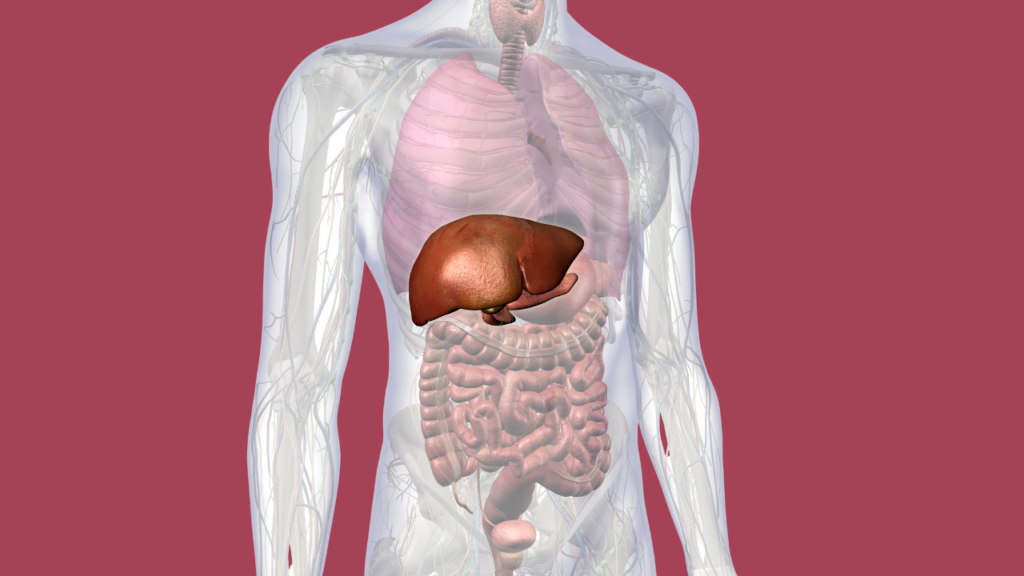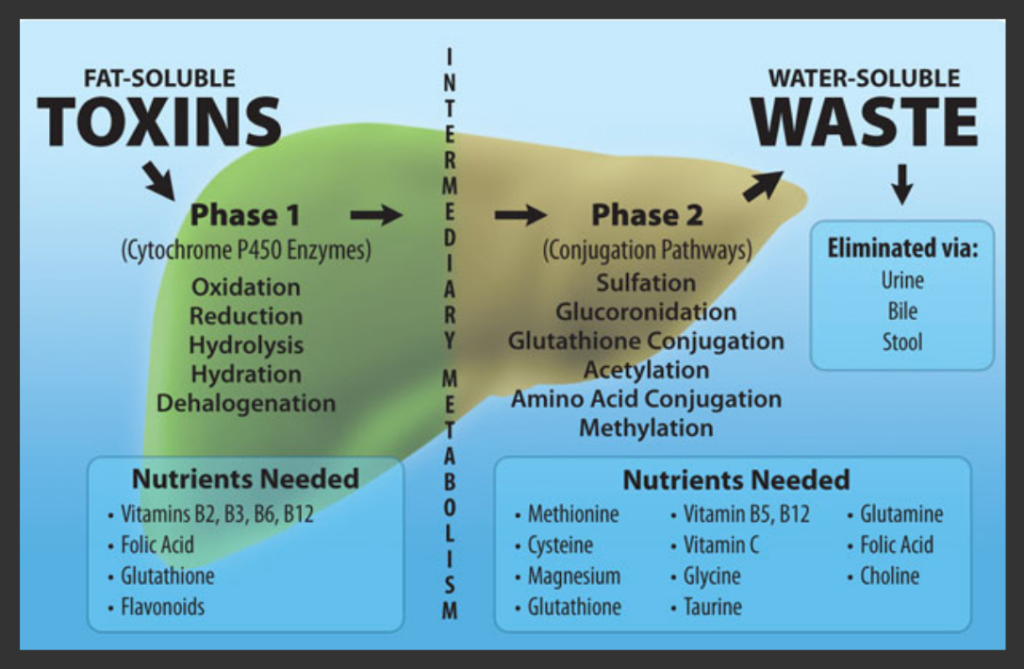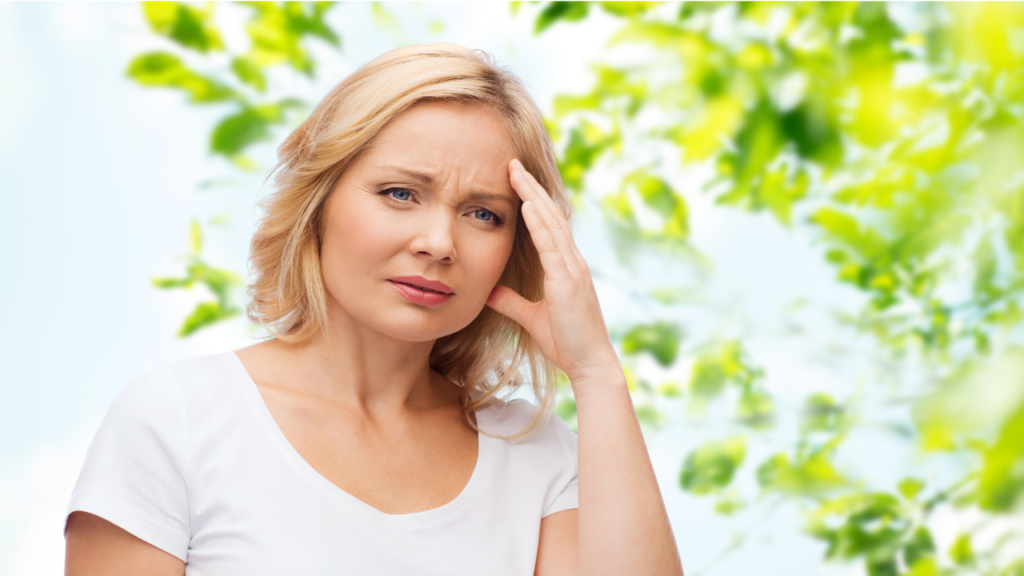By Dr. Sarah Bennett, NMD / April 21, 2021

Detoxification is the natural process for elimination of toxins and waste from the body.
This process occurs naturally through the emunctory organs of the body, organs that have primary or secondary actions for clearance of waste.
These organs include the liver, kidneys, GI tract, skin, and lungs, each of which clears different types of toxins and at different rates.
So if detoxification is a natural process then why are there so many products, procedures, and diets that claim to stimulate the detoxification processes of the body?
In addition to the elimination of toxins, each claims to provide weight loss, increase energy, improve cognitive clarity, decrease inflammation, improve fertility, resolution of acne, healing of GI disorders, and the list goes on.
So is this true?
The modern landscape of cleansing and detoxification has stimulated much controversy and polarized opinions, which can be confusing when trying to determine which side is right.
Throughout this article, I will review the primary detoxification pathways of the liver and GI tract and the science behind how detoxifications may or may not benefit you.
By the time you have finished reading the article, my goal is that you will have the knowledge to confidently decide if cleansing and detoxification practices provide medicinal benefits or are a marketing scam.

Your liver is the largest internal organ in the body and it sits at the right upper abdomen with the gallbladder placed underneath.
The liver is often thought of as the primary emunctory organ, essential for purifying and storing blood.
In addition to detoxification, the liver breaks down carbohydrates, proteins, fats, stores vitamins and minerals, aids in fat digestion, produces bilirubin, aids in storage and metabolism of glucose, and synthesizes proteins and clotting factors.
All substances ingested, including toxins, are absorbed through the GI tract into the blood and are sent directly to the liver for detoxification before sending the blood off to the rest of the body.
All toxins absorbed through other routes such as the skin and lungs will also eventually be shunted through the liver to undergo the same detoxification processes.
There are 3 phases of detoxification through the liver,
All substances ingested must first go through phase 1 detoxification in the liver to be converted into a more water-soluble form. Water-soluble means that the compound is easily dissolved into water (rather than fat), resulting in easier excretion of these substances through the kidneys or GI tract.
During this phase, these substances react with cytochrome P450 liver enzymes and oxygen, undergoing various chemical reactions, including oxidation, reduction, and hydrolysis. Cytochrome P450 enzymes are specialized liver enzymes that function to oxidize ingested substances such as fatty acids, proteins, steroids, and other chemicals like pharmaceuticals, and toxins.
After this phase, many substances become more toxic or potent and therefore must be excreted quickly. If phase 2 and phase 3 detoxification become sluggish, these active compounds build-up which can result in even more damage.
Nutrients Essential for Phase 1 detoxification:

After ingested substances are oxidized during phase 1 detoxification, the resulting oxidized end products undergo further modification in the liver through phase 2 detoxification.
During phase 2 detoxification these oxidized end products are conjugated with charged compounds such as glutathione, sulfate, amino acids, glucuronic acid, and other organic acids. During conjugation, the toxin or drug is converted into a more water-soluble compound.
Unlike phase 1, once conjugated these compounds become much less potent or toxic.
This phase can easily become bogged down and sluggish as a result of nutrient deficiencies, which will be discussed in detail later on in this article.
Nutrients Essential for Phase 2 detoxification:
After conjugation in phase 2 detoxification, the compounds are inactive and water soluble, making them ready for elimination.
During phase 3 detoxification these compounds are transported out of cells and moved into the kidneys urinary system, or liver’s biliary system. Here these compounds are finally excreted in bile through the gallbladder and into the intestinal tract.
The steps of phase 3 require Adenosine triphosphate (ATP), the energy currency of the body. ATP is produced via biochemical processes in the body requiring essential nutrient cofactors. Like phase 2, phase 3 may become sluggish if these essential nutrients are deficient.
Excretion of the bile into the intestinal tract is not the end of the story. These compounds still have to make it all the way through the GI tract and finally out in the form of a bowel movement.
As these compounds travel through the intestinal tract enzymes produced by intestinal bacteria cause deconjugation and reactivation. (1,2)
Resulting in pharmaceuticals and toxins regaining potency and toxicity respectively.
In addition, these compounds are reabsorbed through the intestinal tract into the bloodstream and directed back to the liver to be reprocessed through all phases of detoxification.
To top it off, inadequate movement of the bowels can lead to constipation resulting in low rates of elimination and high rates of reabsorption, leading to a high toxic burden in the body.
Over time, if toxins are not effectively eliminated, they will build up and continue to be processed through the liver, each time causing oxidative damage and using up essential cofactors for each phase of detoxification.
If the toxic burden is elevated for an extended period of time, toxins will not only cause more damage to the body but may also lead to nutrient deficiencies and sluggish detoxification processes.
Detoxification is a natural process of the body. This being said, all biochemical pathways are natural processes of the body that are fueled by certain essential cofactors such as vitamins, nutrients, amino acids, and minerals.
If there is a higher toxic burden, the body must ramp up these processes to achieve clearance. Over time this depletes the necessary co-factors needed for optimal functioning.
If there is a deficiency of the necessary co-factors the body can not complete the process efficiently, in this case detoxification.
If detoxification becomes sluggish then toxins begin to accumulate causing many unwanted symptoms.

Symptoms due to elevated toxic burden will vary. It will depend on which toxins are present and their levels in the body. The symptoms can vary in intensity from mild to severe, and effects may result in permanent changes to the body.
For example, exposure to high levels of certain estrogenic toxins during pregnancy is linked to smaller penis size and higher rates of homosexuality in male children. (5)
Other symptoms of toxicity may include:
Although, becoming more popular environmental medicine or the treatment of high toxic load is not a common practice. This being said you may need to seek out a naturopathic physician to run the appropriate tests to assess your levels.
The appropriate test for you will be assessed based on what is known as an environmental intake, a consultation with the sole purpose of determining your specific risk of exposure to common toxins. For information about the most common toxins of exposure, read my in-depth article ‘ The Extreme Effects of Common Daily Toxins ’.
Common Tests include:
After the appropriate testing is completed your provider will discuss possible treatment approaches. These approaches may include chelation, nutrient support, nutritional protocols, or full detoxification programs.
I won't lie to you, the assessment and treatments of a high toxic burden are complicated and start with pinpointing the source of exposure.
The first step is to avoid all future exposure and toxic contamination!
Start here, read my article ‘ The Extreme Effects of Common Daily Toxins ’ to determine your possible exposures. You may be shocked at just how many toxins you are exposed to on a daily basis, and I just cover the most common!
References